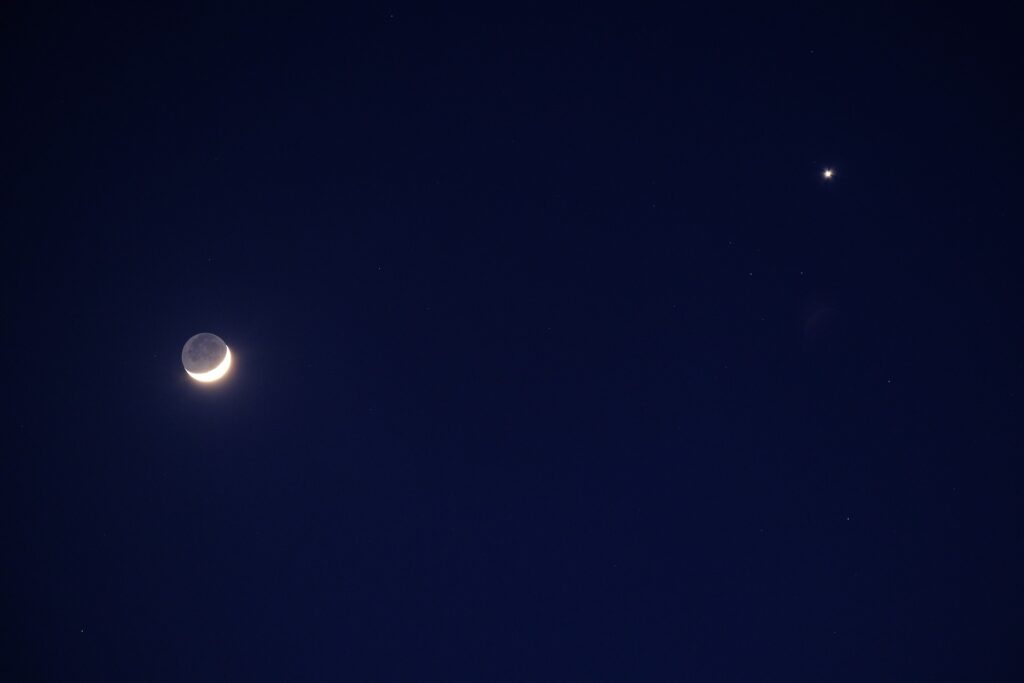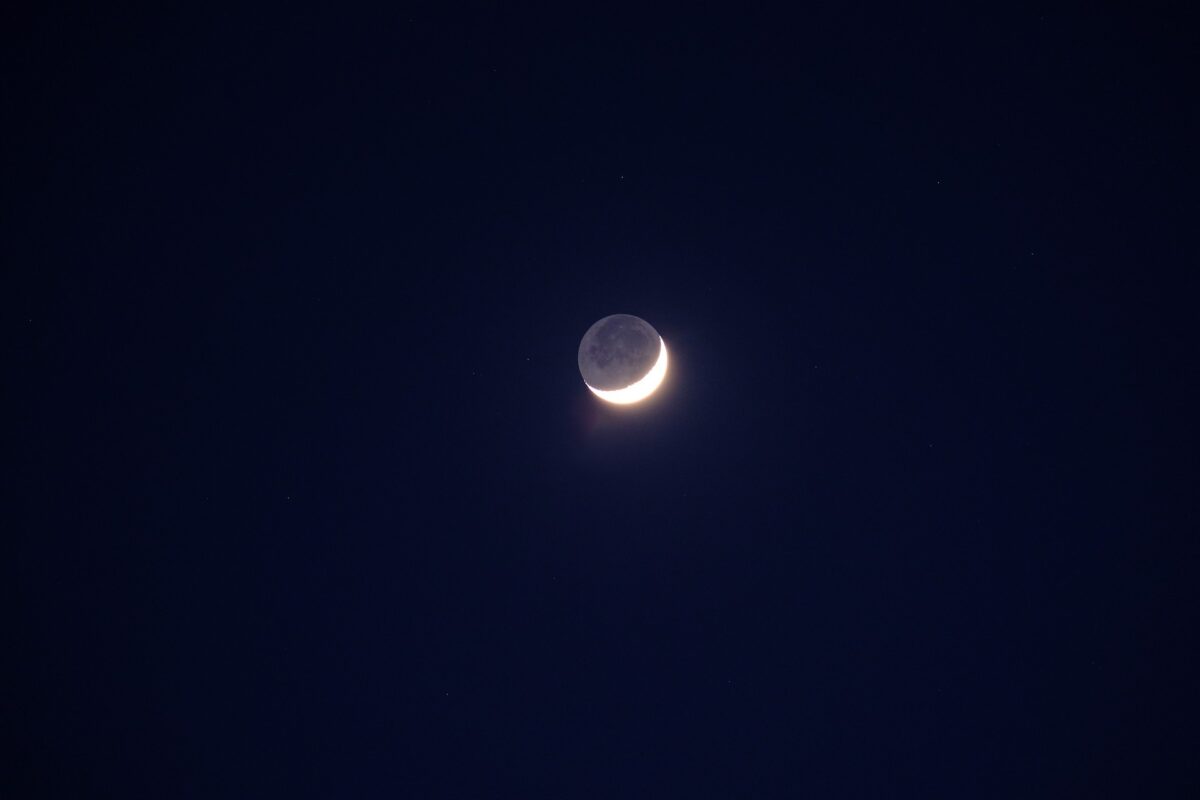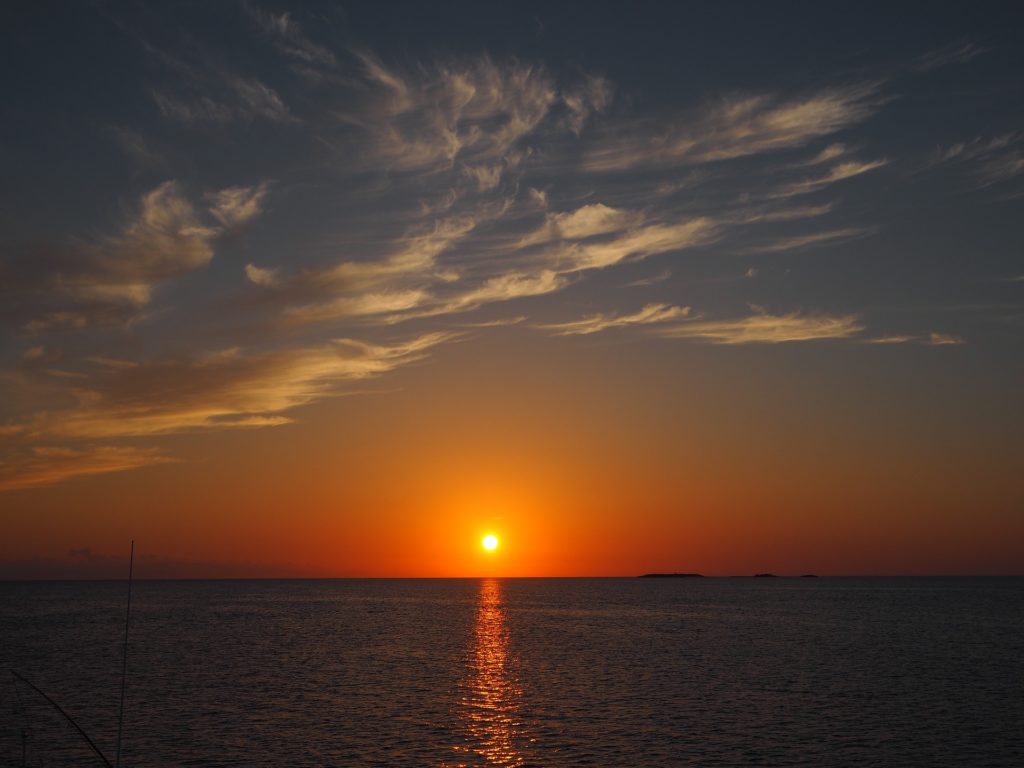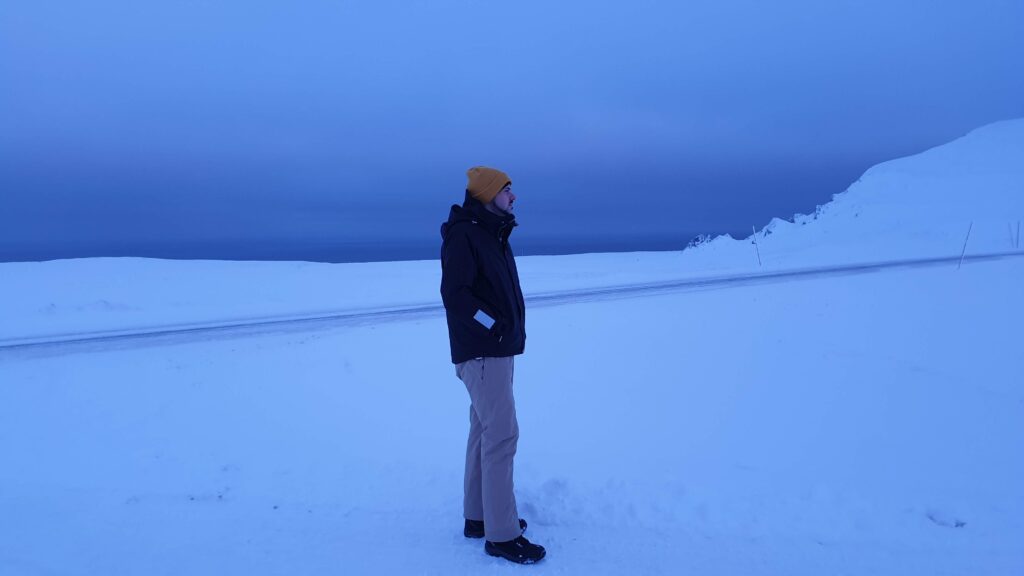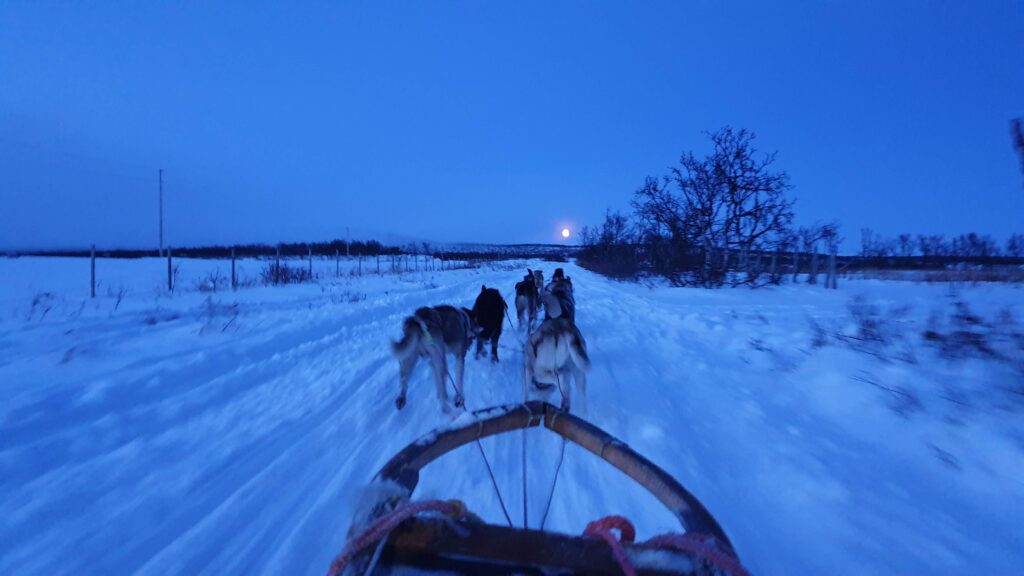When you look at the Moon, sometimes, besides the illumination of the crescent of the moon, you are able to see the rest of the disk of our planet’s natural satellite. That dim illumination of the darker disk is called earthshine.
What causes it?
But what causes this illumination? We all know that sunlight hits Earth, there’s no question there. But Earth is a globe, and a fraction of the light that hits our planet, is reflected back into space (and in the scientific literature is known as earthlight). Some of this light that gets reflected into space, hits the moon as well, and it is this what causes the lighting up of the dark disk besides the crescent moon. And this dim light gets reflected back to Earth and it’s what our eyes percieve.

When to look?
When the moon is full, we’ve all seen that it can light up pretty well entire regions on our planet, from where the full moon is visible. From the surface of the moon, Earth can be also illuminated by the Sun (just like other planets of our Solar System). When Earth is “full” (from the moon’s night sky perspective), it means that our planet can light up an entire region on the moon as well. Why would it only be the other way around, anyway? This also means that earthshine is visible at its maximum when Earth is almost “full”, so, when the Moon is a very thin crescent.
Planetshine
This phenomenon occurs on other celestial bodies as well, not only on Earth! When a planet is illuminated by its star, and if that planet has a natural satellite, the phenomenon takes plase in the same waym just like in the Sun-Earth-Moon system. The only difference is the name – it’s generally called planetshine. And, of course, light reflected from a planet in general, is called planetlight.
Have you already seen or photographed earthshine?
